Fat Transfer
Consultations offered at our two convenient locations in Danville and Pleasanton
Wish you could take fat from one part of the body and move it somewhere else? You can! Fat transfer has become one of the most popular plastic surgery procedures for its incredible body sculpting potential. Fat is taken via liposuction, purified, and then transferred to the desired augmentation location.
Feel free to contact our office for more information or to schedule your consultation at our Pleasanton or Danville office.
Contents
About Fat Transfer
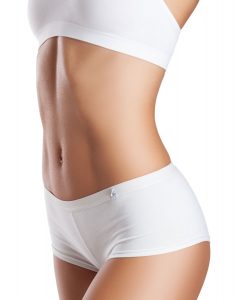
Also known as fat grafting, a fat transfer is the process of collecting fat from one part of the body and then using it to augment or revitalize another part of the body. This process allows for comprehensive contouring abilities and stunning natural looking transformations.
Dr. Eric Bachelor works closely with all of his patients in order to choose the ideal donor locations where the fat is liposuctioned and then decide how the fat will be used elsewhere in the body. During the consultation, he will create an individualized procedure plan including the aforementioned information, special preparation tips, or custom recovery instructions in order to provide the patient with their specific cosmetic goals.
Benefits of Fat Transfer
- Augmentation of deflated or modest body parts
- Reduced appearance of creases, folds, wrinkles, and depressions
- No risk of rejection or adverse reaction since it utilizes the body’s own tissue
- Can be performed under local anesthesia
- No major incisions
- Little to no scarring
- Liposuction improves the contour of other parts of the body as well
About Donor Locations
The first step of a fat transfer procedure is harvesting fat deposits from the body. However, not all of the fat collected from the body during liposuction will be re-injected into the body. First, the fat will have to be purified and the remaining viable fat will be used for augmentation or rejuvenation. This means that during liposuction the doctor will have to harvest just the right amount of fat to provide the individual with their augmentation desires.
For these reasons, patients should have multiple locations of excess fat on their body. Typically, Dr. Bachelor will harvest fat from two or three donor locations in order to procure enough fat for the procedure. Because of this, slimmer patients with little excess fat on their body may not be good candidates for fat transfer procedures. This can only be determined however during a consultation examination.
Some common donor locations include:
- Back
- Abdomen
- Flanks
- Hips
- Inner and outer thighs
The best donor locations depend on the patient and their individual case. During the consultation, Dr. Bachelor will work with the patient to choose the ideal locations depending on their body, lifestyle, and goals.
Common Fat Transfer Techniques
Breast Augmentation
 Using fat grafting for breast augmentation is a wonderful option for women who are interested in modest, natural looking results without the need for implants. Unlike breast augmentation with implants, breast augmentation through fat transfer can only offer limited volume increase of about one cup size. However, the results are extremely natural looking and feeling.
Using fat grafting for breast augmentation is a wonderful option for women who are interested in modest, natural looking results without the need for implants. Unlike breast augmentation with implants, breast augmentation through fat transfer can only offer limited volume increase of about one cup size. However, the results are extremely natural looking and feeling.
Furthermore, there are significantly fewer risks associated with breast augmentation through fat transfer than with implants. The procedure can be performed under local anesthesia, which means no need for general anesthesia. This also decreases recovery time.
Buttocks Augmentation
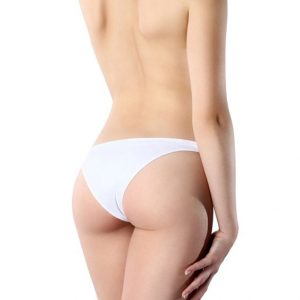
In order to ensure the best results, patients will have to avoid sitting on their butt for at least three weeks following surgery. This makes sure that the majority of fat cells take to the new location. It also keeps the butt appearing perky and makes sure that it does not settle into a flattened appearance. During this time, patients are asked to spend most of their time lying on their stomachs or sides. They should also take brief, but frequent walks.
Hand Rejuvenation

A fat transfer can fill out the deflated appearance of hands between the fingers and, furthermore, smooth out wrinkles and creases. This is particularly appealing to patients who have chosen to have anti-aging techniques performed on their face, as it gives the hands and the face aesthetic continuity.
Facial Rejuvenation

Another popular use of fat grafting in the face is to add volume to the lips. For some patients, it is an attractive alternative to other dermal injectables such as Juvéderm or Restylane. It offers natural looking, long lasting results.
Good Candidates
Since a fat transfer procedure is highly customizable, many patients can be good candidates for the procedure.
In general, patients should be at a healthy, stable weight with some excess fat deposits suitable for liposuction. They should be in good mental and psychological health and have realistic expectations for what the procedure can accomplish.
Patients should be nonsmokers or smokers who are willing to quit during the preparation and recovery periods of the procedure. Those who are interested in having a fat transfer procedure to augment or rejuvenate parts of their body should contact our Pleasanton or Danville offices to schedule a one-on-one fat transfer consultation with Dr. Eric Bachelor.
The Fat Transfer Procedure
The fat transfer procedure is two procedures in one: liposuction and augmentation. Usually, the doctor will perform the procedure on an outpatient basis and under local anesthesia. In some cases, general anesthesia may be used.
Dr. Bachelor will make small incisions at the predetermined donor locations where he will insert a cannula. Using negative pressure, the doctor will liposuction fat from these areas and harvest it. Then, he will purify the fat so that only the most viable material remains. This is performed using a decanter and a centrifuge. Finally, he will re-inject the fat back into the predetermined body part at the precise locations. Depending on the area of the body to augment, this process can take upwards of three hours, as Dr. Bachelor only injects a tiny amount of fat in one place at a time to maximize survival of the newly injected fat cells.
Recovery
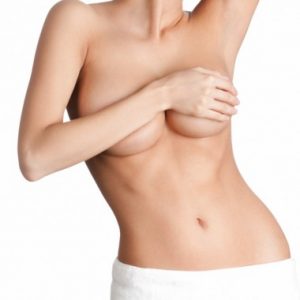
In general, patients will be outfitted with compression garments around the liposuction areas that they should wear for the prescribed amount of time. The compression garments are very important to ensure proper healing.
All patients will be required to make a follow-up appointment so that Dr. Bachelor can check in with the patient and ensure that they are healing on schedule.
Consultation
The consultation plays an integral role in a successful fat transfer procedure. During the consultation, patients will have the opportunity to share their aesthetic concerns with Dr. Bachelor and share what they hope to achieve from a fat transfer.
Depending on their goals, Dr. Bachelor will perform a physical exam to determine whether or not the patient has suitable donor locations for a successful procedure. Please inform the doctor about any previous surgical procedures, medications, or health concerns.
If the patient is a good candidate for a fat transfer procedure, then Dr. Bachelor will work with them to develop a personalized procedure plan. He will fully detail how to prepare for the procedure and how to ensure a full and proper recovery. He will also provide detailed information about the procedure itself so patients feel comfortable and confident about their decision to undergo a fat transfer procedure with Dr. Bachelor.
Consultations are available at our Danville and Pleasanton location. Please call to schedule yours today.
Cost
The cost of a fat transfer procedure will vary depending on the techniques that Dr. Bachelor utilizes to achieve the patient’s cosmetic goals. After the doctor has completed a full consultation, he and his staff will be able to provide the patient with a cost estimate. For patients interested in financing information, they can learn more information by clicking here or by speaking to the doctor during the consultation.
We look forward to working with our patients who wish to transform their body through a fat transfer procedure. Please call our Danville or Pleasanton offices today to schedule a consultation and get started.
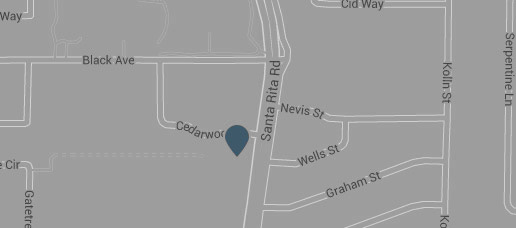
1387 Santa Rita Rd
Pleasanton, CA 94566
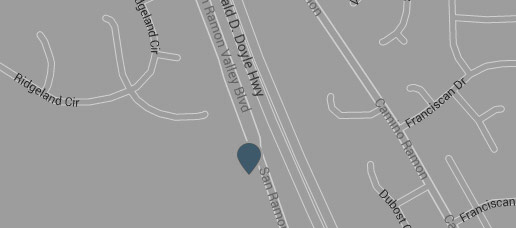
919 San Ramon Valley Blvd #150
Danville, CA 94526